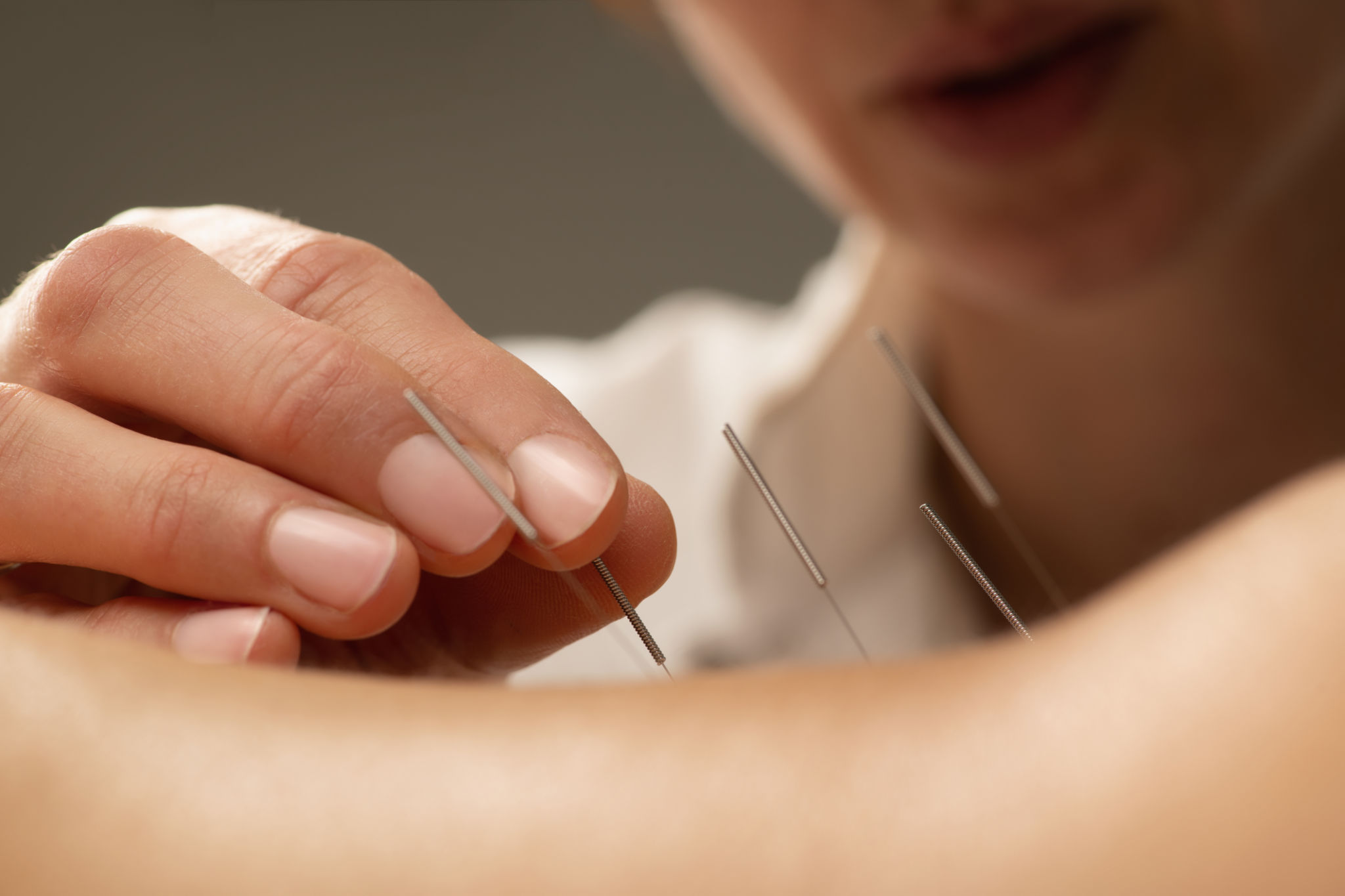How to Choose the Right Holistic Healing Method for You
Understanding Holistic Healing
Holistic healing is a form of therapy that considers the whole person—body, mind, and spirit. This approach aims to achieve optimal health and wellness by addressing the root causes of ailments rather than just treating symptoms. As interest in alternative therapies grows, many people are exploring holistic healing methods to complement traditional medicine.
Choosing the right holistic healing method can be daunting, given the variety of options available. Each method offers unique benefits and may be more suitable for certain individuals based on their specific needs and preferences. It's essential to understand what each method entails to make an informed decision.

Identifying Your Needs
Before diving into specific holistic practices, it's crucial to identify what you hope to achieve through holistic healing. Are you looking to manage stress, alleviate chronic pain, improve mental clarity, or boost overall well-being? Your goals will play a significant role in determining which method is right for you.
Consider keeping a journal to track your symptoms and any triggers that might affect your well-being. This can offer insights into which areas of your health need attention and help you communicate more effectively with holistic practitioners.
Popular Holistic Healing Methods
There are numerous holistic healing methods to explore, each with its own philosophy and techniques. Some of the most popular methods include:
- Acupuncture: Involves inserting thin needles into specific points on the body to balance energy flow and alleviate pain.
- Aromatherapy: Uses essential oils to promote relaxation and improve mood.
- Chiropractic Care: Focuses on aligning the spine and improving nervous system function.
- Herbal Medicine: Utilizes plant-based remedies to support health and treat various conditions.

Consulting with Professionals
Once you've identified potential methods that align with your needs, consider consulting with professionals in those fields. A qualified holistic practitioner can provide valuable insights into how a specific therapy might benefit you and guide you through the healing process. They can also address any concerns or questions you may have about the treatment.
Be sure to verify the credentials of any practitioner you choose. Look for certifications or memberships in professional organizations that ensure high standards of practice.
Listening to Your Body
As you experiment with different holistic healing methods, it's important to listen to your body and observe how it responds. Everyone's journey is unique, and what works for one person may not work for another. Pay attention to how you feel during and after treatments and make adjustments as needed.
If a particular method doesn't seem effective or causes discomfort, don't hesitate to explore other options. The goal is to find a healing path that aligns with your individual needs and promotes a sense of balance and harmony in your life.

Integrating Holistic Practices into Your Routine
To maximize the benefits of holistic healing, consider integrating these practices into your daily routine. This might include setting aside time for meditation, practicing yoga, or using essential oils regularly. Consistency can enhance the effectiveness of these methods and contribute to lasting improvements in your health and well-being.
Remember that holistic healing is not a quick fix but a journey towards lifelong wellness. By adopting a holistic mindset and remaining open to new experiences, you can cultivate a healthier, more balanced lifestyle that supports your overall well-being.